When you first start playing the Alone in the Dark remake, you’re given a major decision to make: which character to play as. You can select from Edward Carnby, played by David Harbour, or Emily Hartwood, played by Jodie Comer. This has some major ramifications on how the game plays, so we’re here to help. Let’s look at whether to play as Edward or Emily in Alone in the Dark.
Alone in the Dark Character Options
The opening cutscene in Alone in the Dark shows Edward and Emily driving to Derceto Manor, where the majority of the game’s action takes place. When it finishes and both characters get out of the car, the game lets you choose which character to play as.
Note that this is a permanent choice. Once you’ve picked a character in Alone in the Dark, you’re stuck with them until you finish the game. The only alternative is to restart a fresh save, choosing the other option.
After picking a character, they enter Derceto Manor without the other one, and you spend the majority of Alone in the Dark’s campaign, ahem, alone. You link up with the other character at sporadic points, mostly during cutscenes and then towards the game’s finale.
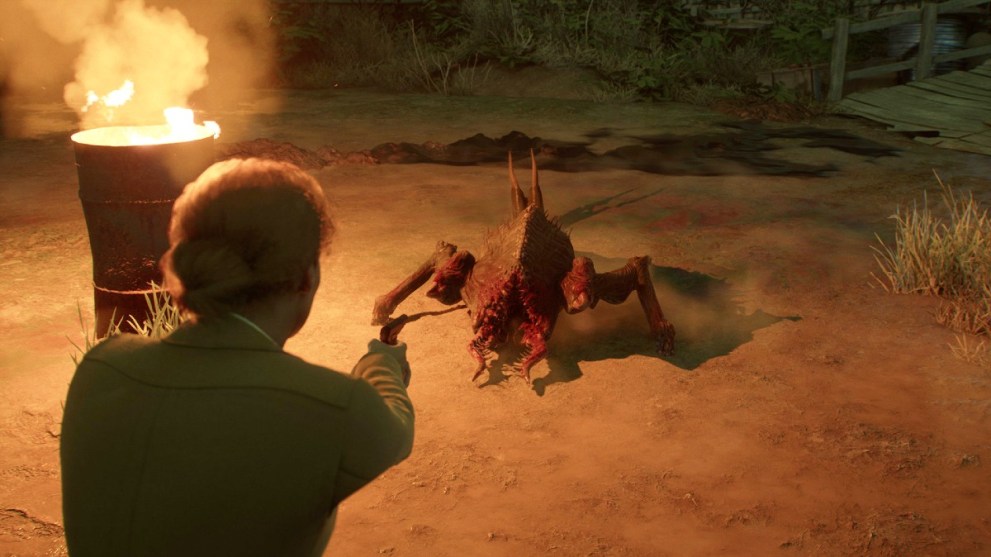
What are the Differences Between Emily and Edward’s Campiagns?
While the game advises that you need to play through both of Emily and Edward’s campaigns to see the entire story of Alone in the Dark, the differences between each one are pretty minor.
The only key difference is a half-hour period of gameplay in the game’s final act. Both Edward and Emily recount traumatic events from their pasts that wound them up on their trip to Derceto, becoming playable memories with their own combat encounters and puzzles to solve. Emily heads back to visceral memories of her war veteran husband, while Edwards recalls one of his last detective cases. Aside from that 30-minute gameplay section, it’s mostly the same.
Edward and Emily do have different handguns, as well. Edward has a powerful revolver, better in short-term encounters, while Emily uses a regular handgun that is less powerful but has better range.
Alongside that, there are some exclusive collectibles, called Lagniappes in-game. To incentivize you to replay Alone in the Dark several times, there are some exclusive Lagniappes tied to each character. Only by playing twice and getting them all can you unlock new endings or lore snippets in the form of text files.
Lastly, Edward and Emily have different personalities that are reflected in cutscenes and their conversations with other characters. Emily is more personable with the staff and residents of Derceto, likely because it’s her uncle who has gone missing. Edward has no such attachment, meaning he’s more bashful and combative when uncovering clues from NPCs.
Other than those small differences, the majority of Alone in the Dark plays out identically no matter which character you choose.
For more guides on the latest games, check out Maple Rush codes and Monster Never Cry codes. We’ve also got tips on the best settings to use in MLB The Show 24.

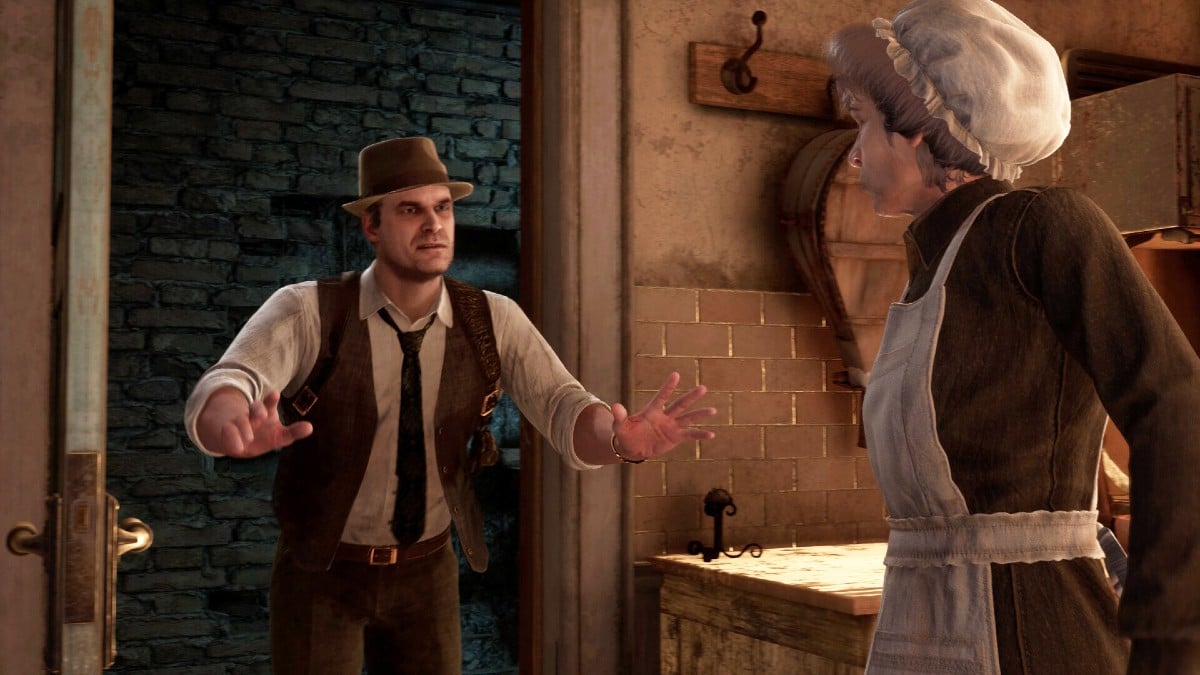



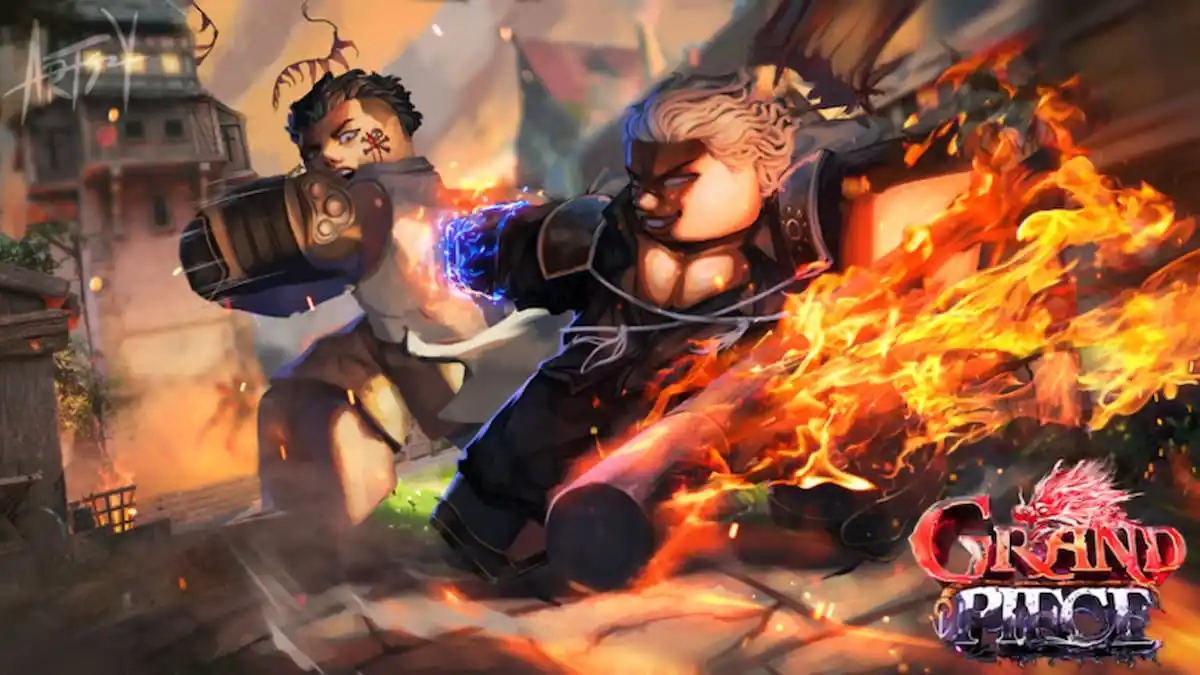
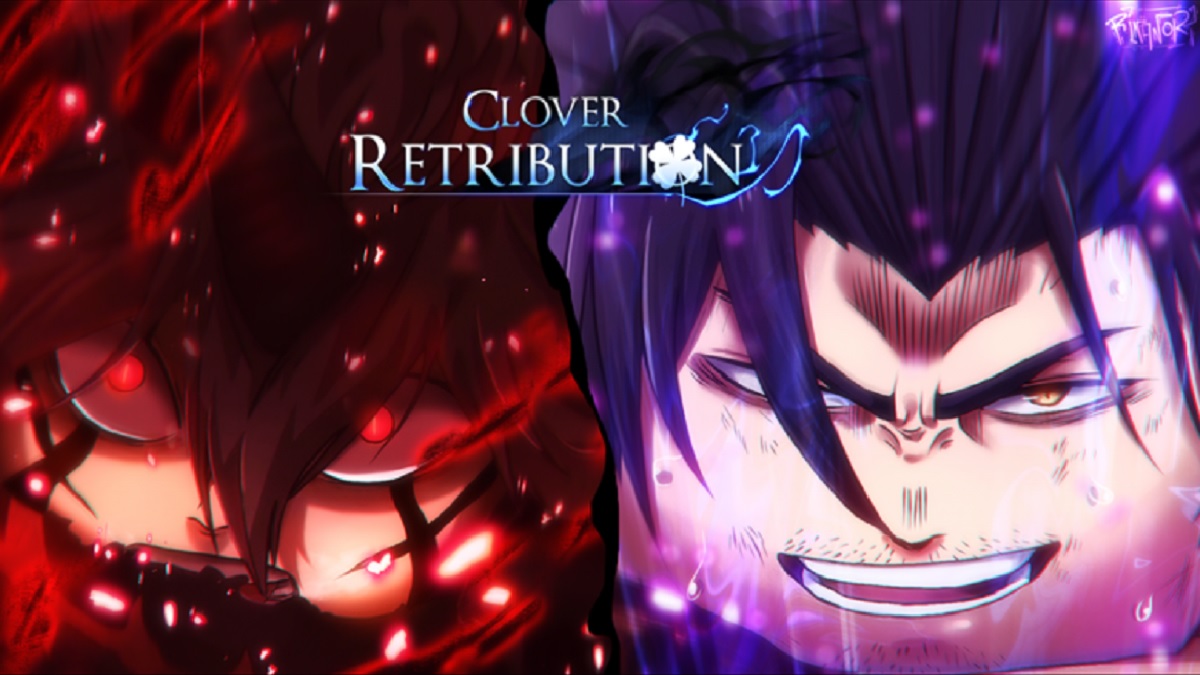
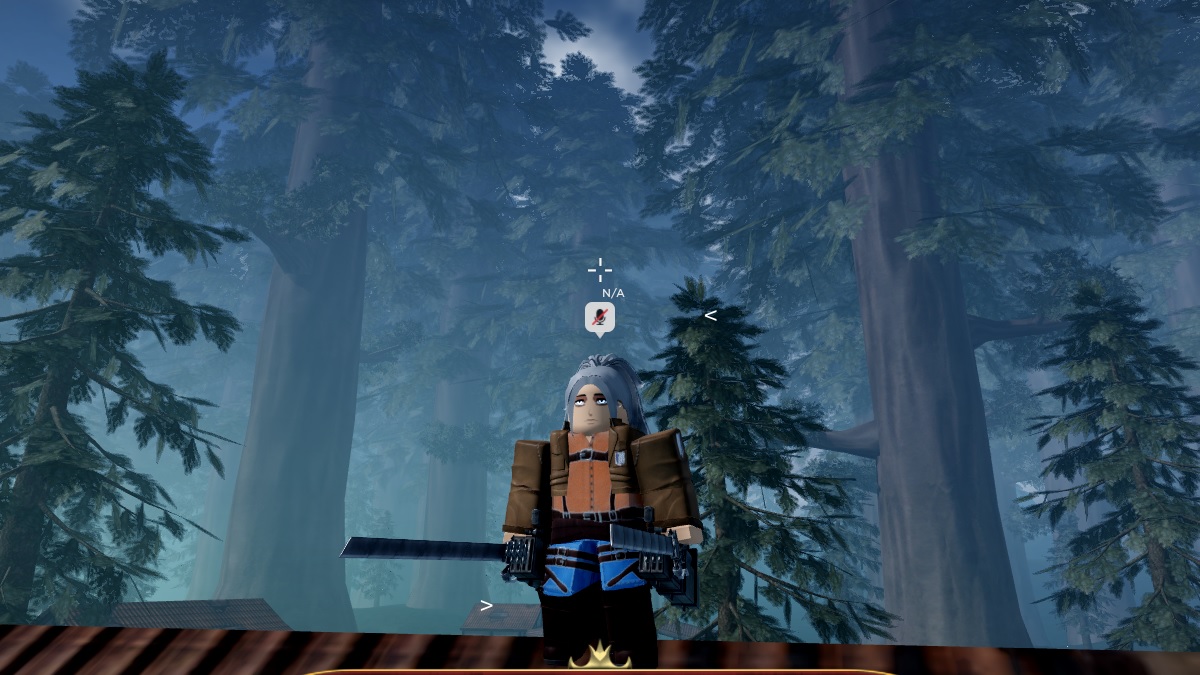
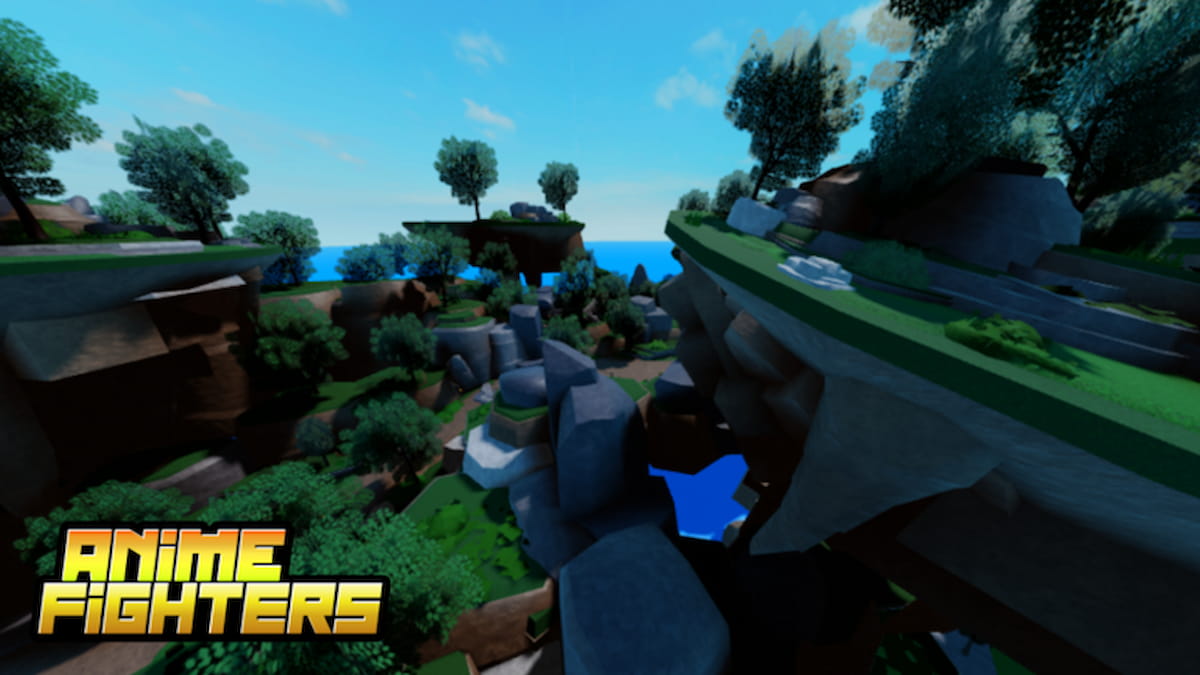



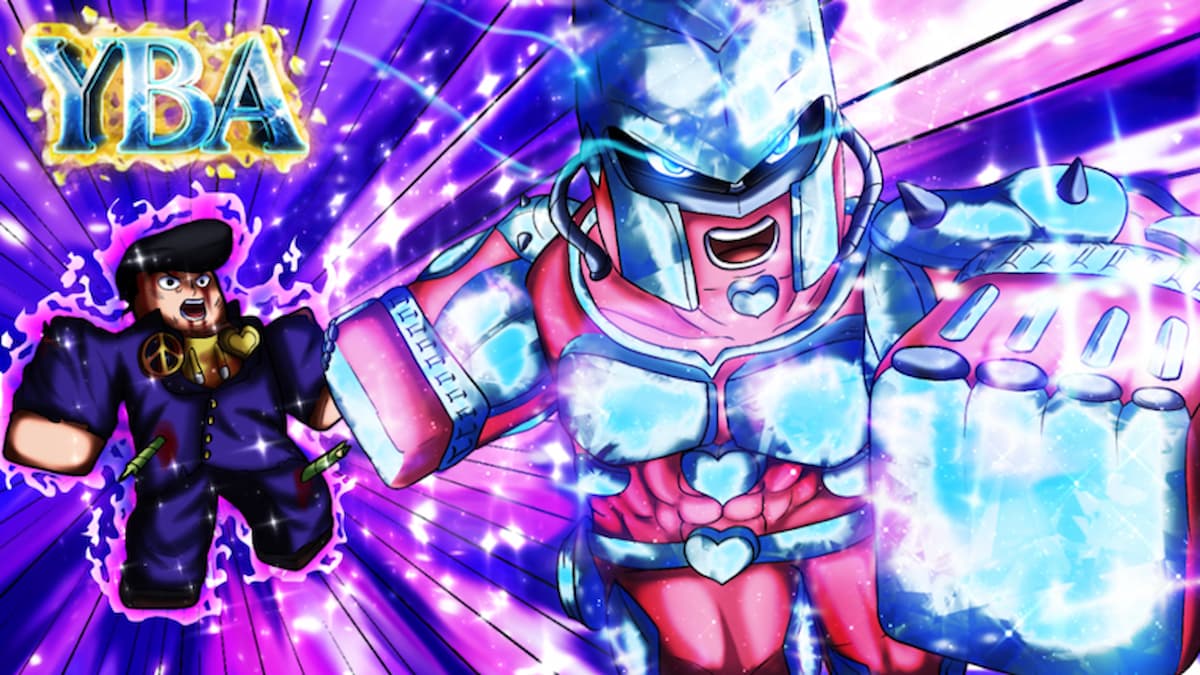
Updated: Mar 19, 2024 11:18 am